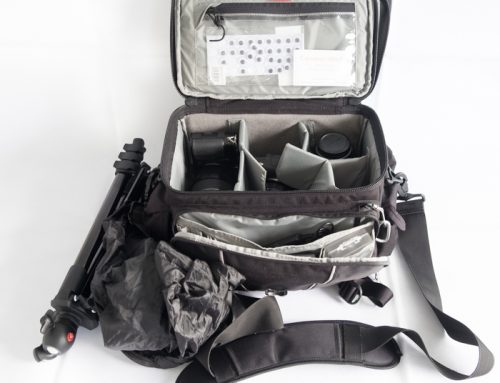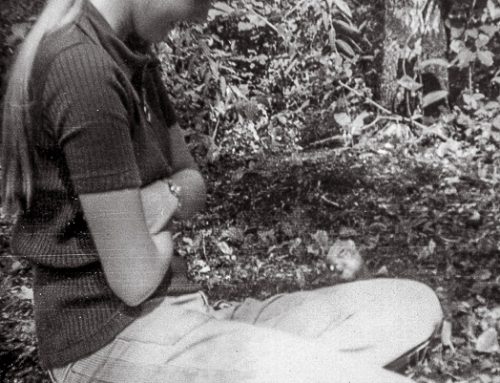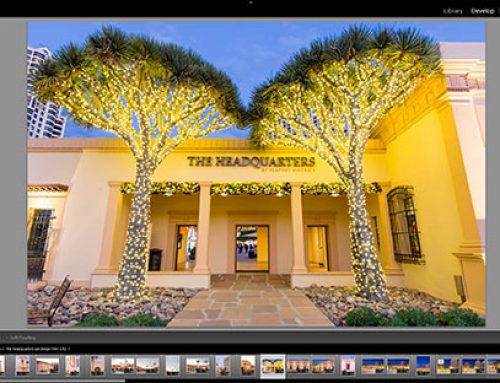Welcome back to day 2. Lets talk shutter speed.
The shutter opens, light flows through the lens to the sensor, then the shutter closes. Okay, pretty easy so far.
How to take control of the shutter speed
One easy way to take control of shutter speed is to turn the dial on the top of your camera to shutter speed mode. On Nikon this is typically “S” and on Canon it’s typically “Tv”. This mode enables you to select the shutter speed you want and let the camera control the aperture to create the correct exposure. You can control the shutter speed by moving the dial near your shutter button on your camera. Each camera is different, but this is typically where it’s located.
If you are in aperture mode you can use a bigger aperture to increase your shutter speed. Remember, a bigger aperture lets in more light. When you let in more light your camera doesn’t need to keep the shutter open as long to create the right exposure.
When should you think of your shutter speed first?
1. Stopping time
When you want to freeze subjects in motion you want to choose the fastest shutter speed you can. The best example of this is the classic ‘jump’ photos that are so much fun to take. In order to capture people in mid-air, you need to choose a shutter speed fast enough to remove any movement from the photo so your subjects are perfectly motionless.
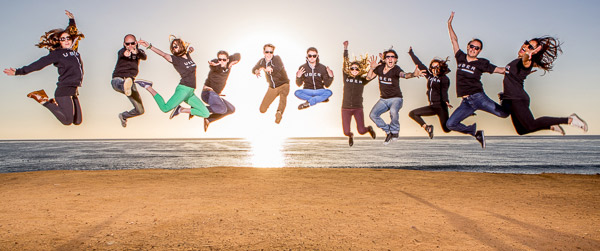
This photo above was taken at 1/250 of a second. You can certainly take these type of photos at much faster shutter speeds and capture even more frozen detail. Sports photographers always have this on their mind because they are hoping to capture that hard football hit, that awesome basketball dunk, that soccer goalie jumping completely horizontal to protect the goal.
I had a the good fortune – and timing – to capture an accidental fireworks explosion two years ago. The pyrotechnics company behind the San Diego harbor fireworks had a computer malfunction for their fourth of July fireworks that exploded them all at one time instead of over 15 minutes! I caught the photo below right after the boom went off, capturing a 400-foot tall fireball in mid-air!

2. Show the passage of time
Part of telling a great story in an image can be documenting things that happen during a window of time.
Shooting car trails
Shooting car trails is perhaps the best example of having fun with shutter speed. All you need to do is stabilize your camera by setting it on the ground or mounting it on a tripod. This will ensure that the camera doesn’t move while the shutter is open. Put your camera on shutter priority (remember it’s “S” on Nikon and “Tv” on Canon) and choose a shutter speed of at least a few seconds. Wait until a car goes by and start your exposure. This will create really fun car trails! The two photos below were 30 second exposures to capture the cars moving all the way down the alley.
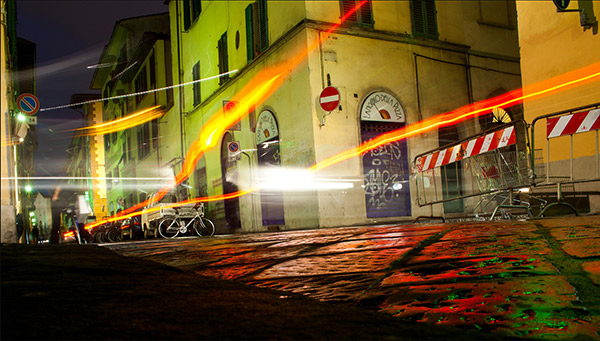
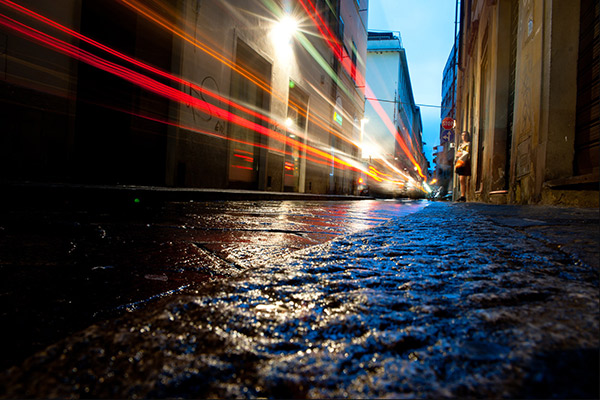
You get extra points for style if you can shoot your photos from an interesting angle. Shooting from eye level is okay but you will get more dramatic results from angles people don’t see every day. I was in an alley in Florence and noticed the wet sidewalk would make the reflections very colorful. I didn’t have a tripod so I just set my camera on the ground to keep it still!
A fun benefit of shooting long exposures at night is that street lights get nice star points on them like you see below. This was a 5 second long exposure.
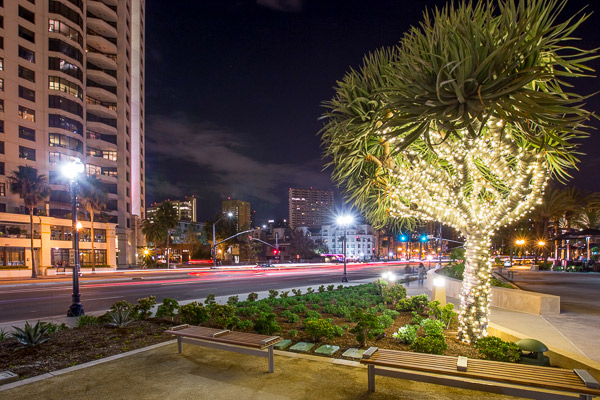
Shooting moving water
Shooting water is another great opportunity to use long shutter speeds. This is tough to do on a bright day because it is so bright outside that your shutter can’t say open very long or it will overexpose the photos. One way to do this during the day is to purchase an ND (neutral density) Filter. This basically serves as dark sunglasses for your lens to enable you to slow down the shutter speed during the day.
It’s very easy to do at night though! Head out to a local water fountain and use a long exposure and watch the movement of the water flow into a soft ghostly shape.
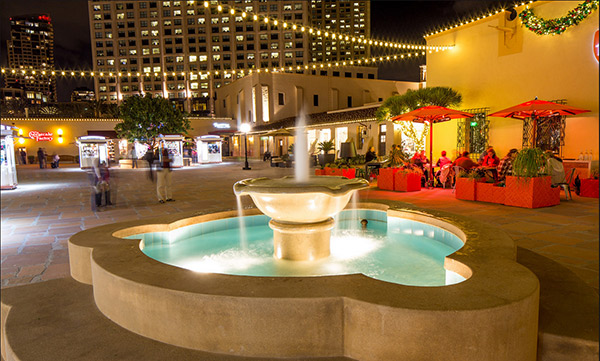
Okay, class dismissed!
We’ll meet back up tomorrow to jump into ISO and some cool tips on how to use it.

